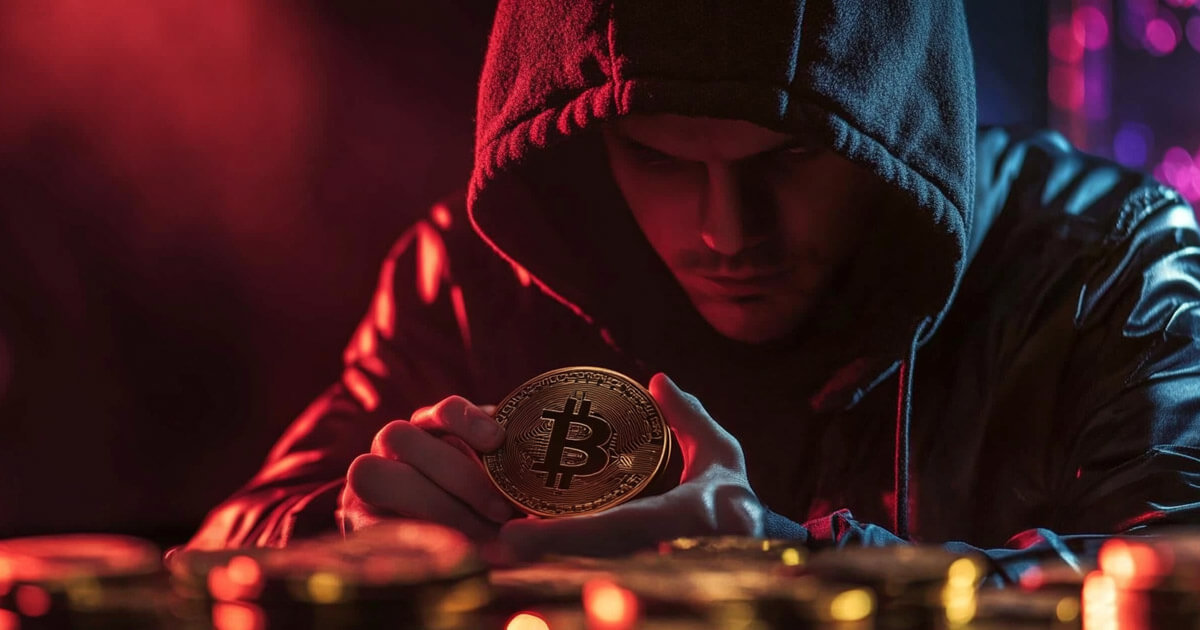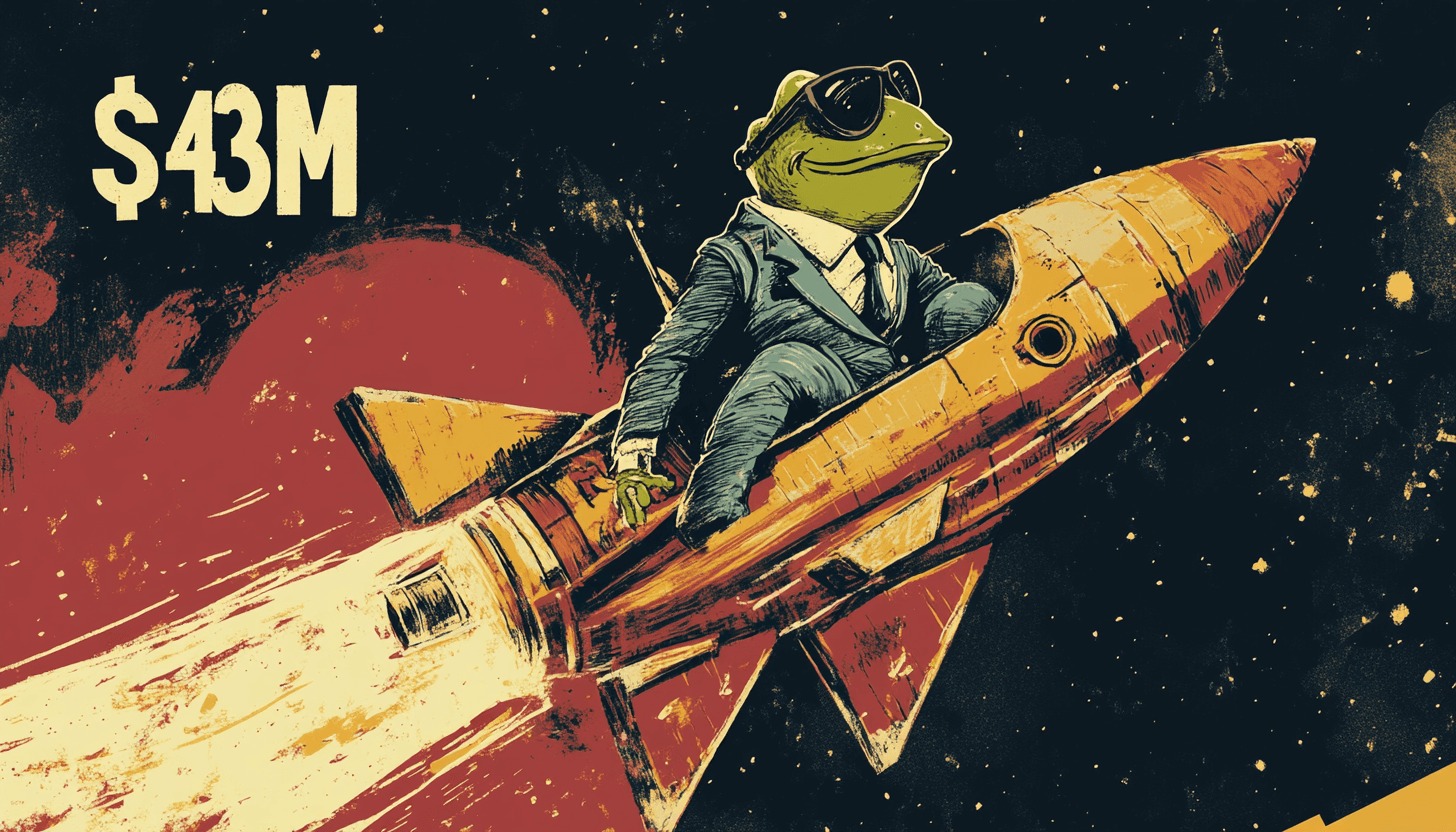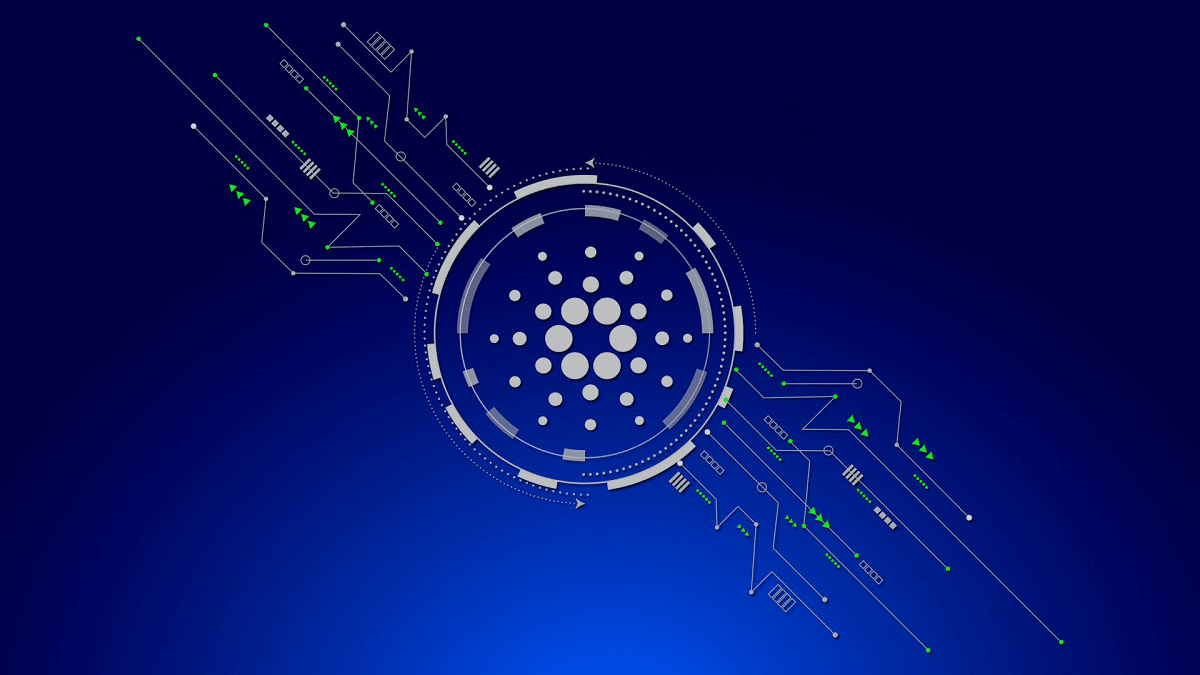Table of Contents
Show more
Show less
The controversial blockchain project Bitgert has been making headlines during the FTX meltdown as it draws attention from investors with its bold claims of a high-speed, free-to-use blockchain. Bitgert is a crypto-engineering organization that has developed several blockchain-based products across decentralized finance, NFTs and the metaverse. This organization claims their goal is to innovate and solve problems using blockchain technology to improve the quality of its users’ lives.
Despite the tough market conditions, recent developments in the ecosystem and partnerships have drawn attention to the project, but do Biggert’s claims live up to reality?
What Is Bitgert?
The Bitgert ecosystem is currently based on the Binance Smart Chain (BSC); however, they have developed their own blockchain, which claims to handle over 100,000 transactions per second with zero cost per transaction. Bitgert claims that its blockchain has processed over 4 million transactions, and its ecosystem has had a cumulative 350,000 users since inception.
Bitgert was first launched as an app on BSC in July 2021. The project was initially called Bitrise, and its native token had the ticker BRISE. In December 2021, Bitrise rebranded to Bitgert. The rebranding did not affect the token or its ticker, and the platform has continued to operate on BSC since.
In February 2022, Bitgert launched its own blockchain network using a novel “proof of authority” (PoA) validation mechanism. This new network is commonly referred to as Bitgert or Brise Chain. The project promotes itself as a platform with zero gas fees and the ability to process up to 100,000 transactions per second (TPS). If the claim is true, it will make the blockchain one of the fastest blockchains, second only to Aptos, which has the capability of up to 160,000 TPS.
Although Bitgert claims to be a “zero gas fee” chain, some very small transaction fees are involved in using the blockchain. These fees, known as gas fees, are typically fractions of a cent per transaction, paid in the BRISE token. The Bitgert network is compatible with Ethereum Virtual Machine (EVM), allowing for projects launched on Ethereum, or other EVM chains, to move their project across to the network with minimal effort.
What is BRISE?
BRISE is the native cryptocurrency of the Bitgert Chain. It was originally launched as a token on BSC, when Bitgert (then known as Bitrise) was a blockchain application. Although the project still maintains a token address on BSC for the BRISE token, when Bitgert launched its own blockchain, BRISE was issued as the native cryptocurrency on the network.
Bitgert has implemented a buyback program in which it purchases BSC-based BRISE tokens and burns them. It appears that the project will eventually replace the entire BSC-based BRISE supply with the BRISE version native to the Bitgert Chain.
BRISE can be used for staking and to pay the small gas fees on the Bitgert Chain. It can also be used within dApps connected to the platform, such as the Bitgert DEX, which is available for swaps.
Staking BRISE is possible on both BSC and the Bitgert Chain, and stakers can earn BUSD rewards, however, it is unclear where the staking rewards come from and whether the staking mechanism is sustainable in the long term. Transacting in the BRISE token occurs an automatic 12% tax which goes back to the project.
Is Bitgert a Scam?
The Bitgert project has been the subject of online controversy and speculation, particularly concerning the identities of its founders, the audits it has undergone, its decentralization and its charitable announcements. The project claims to offer near-zero fees and speeds of up to 100,000 transactions per second, which has raised red flags among analysts and investors. If the claimed capabilities of the blockchain are true, it brings to question why isn’t it more widely used among crypto enthusiasts?
The project claims that the Bitgert blockchain has solved the blockchain trilemma, which is that increasing scalability often affects decentralization or security. Likewise, increasing decentralization or security can reduce scalability. The project claims to be decentralized and secure, however, there is no readily available information or concrete proof of either.
If Bitgert chain had truly solved the blockchain trilemma, they would have been the first to do so and likely would have garnered much more attention due to their sophisticated technology.
The identities of the founders of Bitgert remain unknown more than a year after the project’s inception and 10 months after the launch of its blockchain. This has led to speculation that the team behind the project are using fake identities. The project’s website previously featured an “Our Team” page with names that could not be cross-referenced anywhere else online. The page has since been removed entirely.
The project has also come under scrutiny for its platform audits, which were carried out by the Bitgert team themselves. The team gave themselves a 98% security rating, raising concerns about the platform’s transparency and security. The whitepaper explaining the project is littered with grammatical errors, with the project’s details seemingly kept ambiguous throughout.
In addition, Bitgert has claimed plans to donate to a charity but has not provided any details about the charity or its plans. This announcement without accompanying details has unsettled investors and adds further to the questionable legitimacy of the project.
Another point of concern is the role of BRISE, the native cryptocurrency of the Bitgert Chain, and the on-chain services offered by the platform. Many of the services promoted by Bitgert, such as staking and token swaps, seem to be based on the BNB blockchain, leaving it unclear how much they use the Bitgert Chain and its native coin.
Is Bitgert A Good Investment?
It is hard to say whether or not Bitgert, or the project’s token BRISE is a good investment. The BRISE token has an incredibly low price, sitting at a minuscule $0.0000002781 as of May 12, 2023. However, the maximum supply of tokens sits at a quadrillion token, with a diluted valuation of $380 million. This means that for the BRISE token to double, the diluted valuation of the project would need to increase by $380 million.
The BRISE token has previously reached an all-time high price of $$0.00000184, so a gain from its current price is not out of the question. The project makes good use of marketing, and draws in investors with its low token price and bold claims. However, for a project with limited users and questionable legitimacy, the likelihood of it increasing substantially in value is low.
Credit: Source link















































